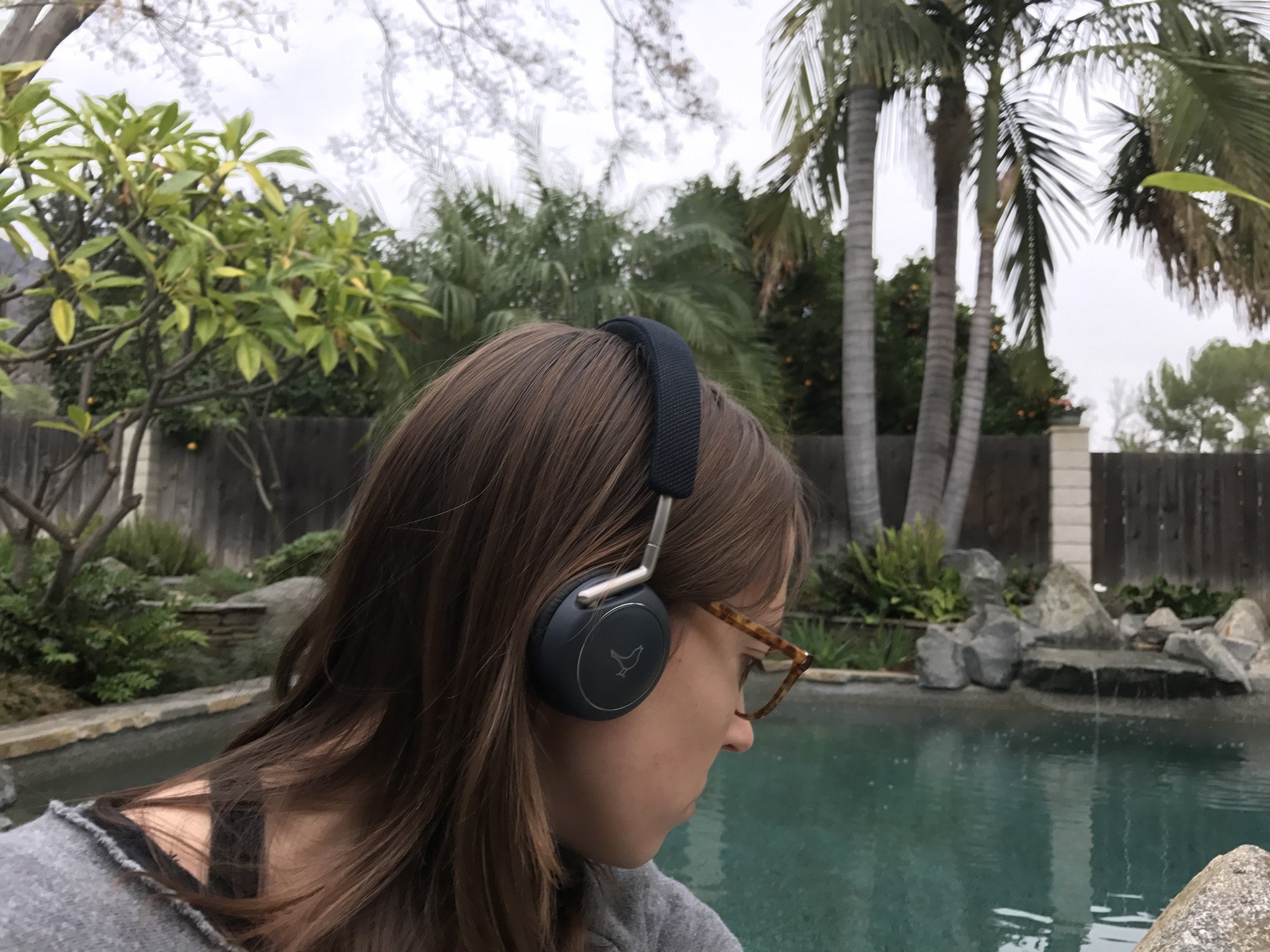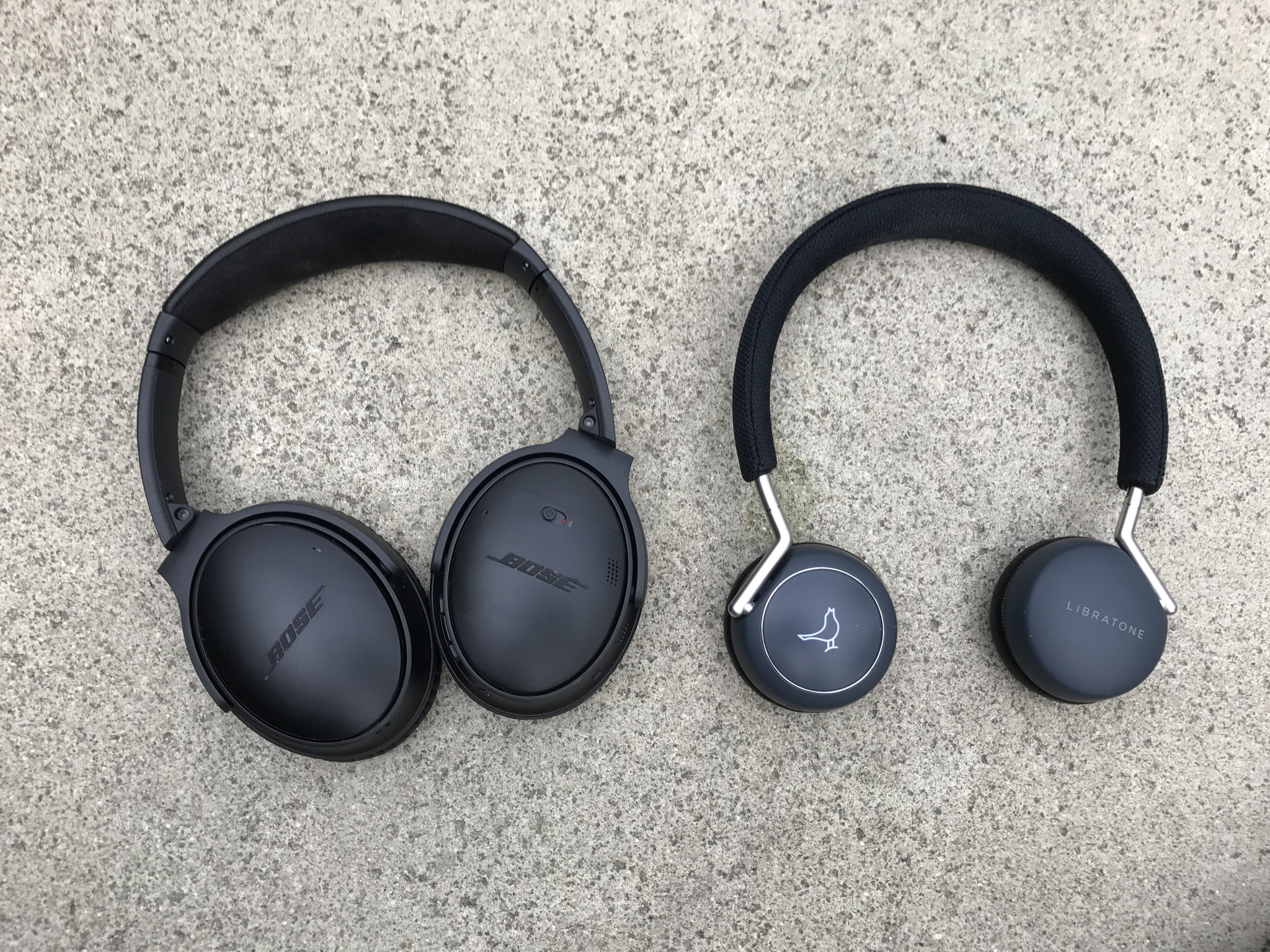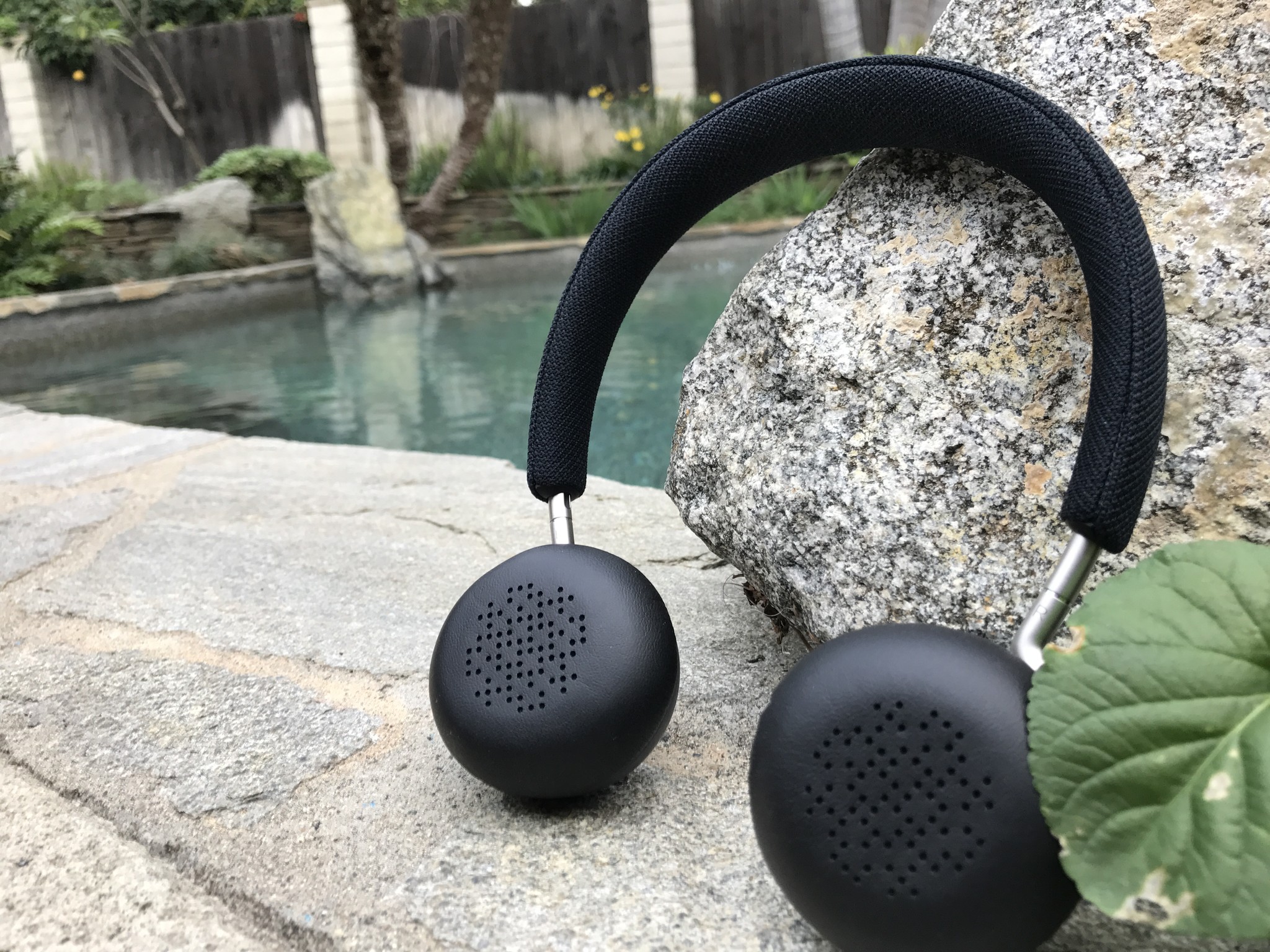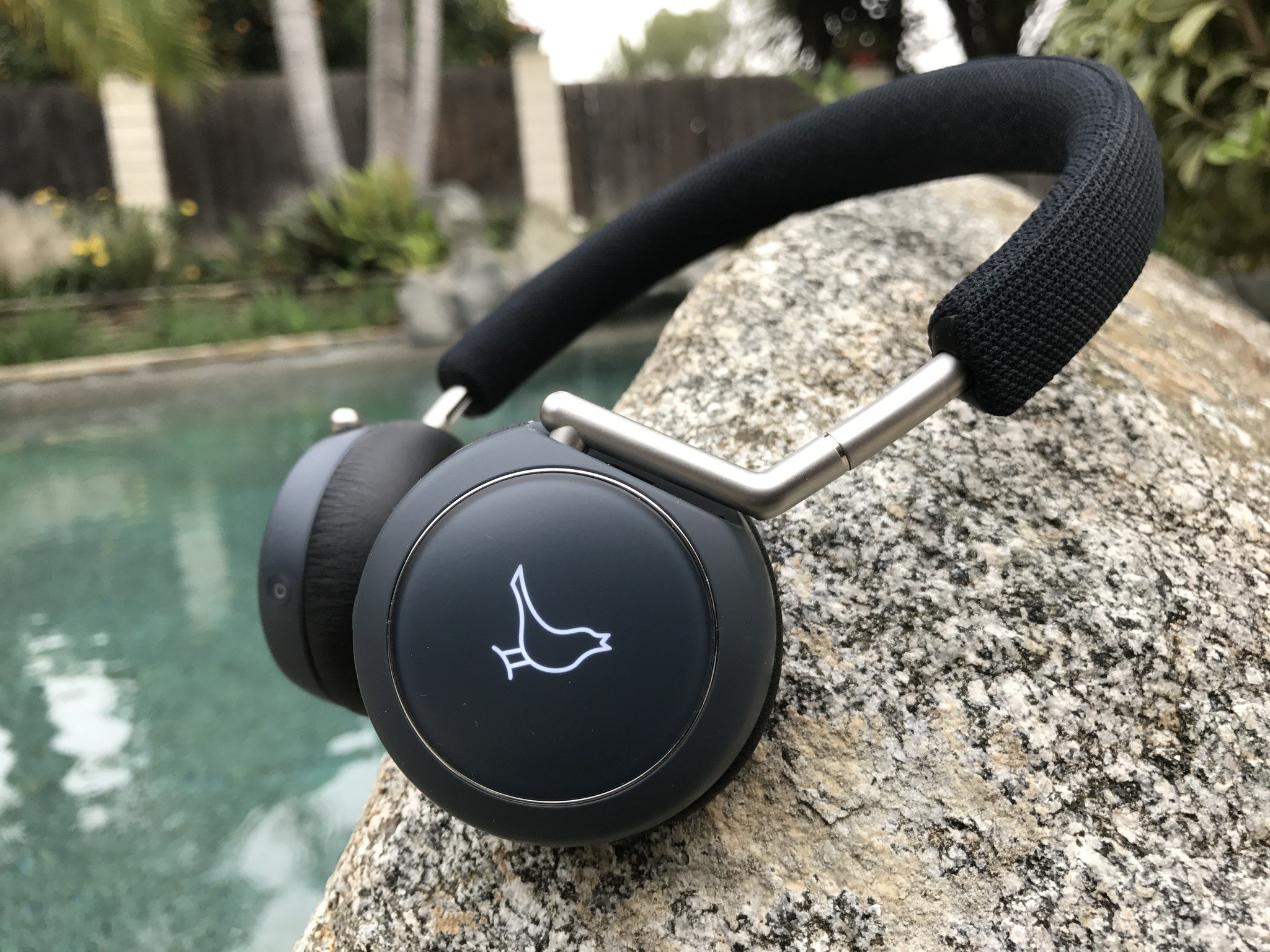
Let's be honest, here: Headphones are about the most subjective purchase you can make when it comes to personal tech, and for good reason — in an ideal world, the perfect pair of headphones needs to be universally comfortable, sound great for both classical music and thrash metal, look stylish, and be easily controlled. Given our varied head sizes, music tastes, style preferences, and control tics, what product can honestly satisfy those demands for every person on the market?
It's why there are so many different kinds and brands of headphones on the market. In ear, on ear, over ear, studio, noise-cancelling, activewear, hybrid, home theater, on-the go… the categories are endless. And while some have greater staying power than others, one category seems to be almost universally reviled: that of the on-ear headphone.
On ear headphones are, by design, a compromise: They're not as encompassing or comfortable as over-ears and worse at blocking outside noise, but while they're lighter than their bigger cousins, they're not as lightweight or comfortable as in-ear options. In almost every on-ear model I tried, I came away with a headache and a subpar overall experience.
As such, when Libratone introduced the Q Adapt last year, I was skeptical: A Bluetooth on-ear set of noise-cancelling (ANC) headphones designed for city use sounded more like a pain than a true on-the-go set of cans.
After spending a month and a half with two sets of Q Adapt headphones, however, I found myself rather impressed. No, they're not going to beat a top-tier set of over-ear headphones. But for people who want a solid Bluetooth ANC kit that looks surprisingly stylish on the go, the Q Adapt fits the bill nicely. (It's also more reasonable on price than over-ear options, with a $249 price tag to rival Bose's $349.)
Like the other over-ear models I've recommended, these Bluetooth cans offer noise cancellation, 20 hours of battery life, and a quick recharge time. They also provide scrolling touch controls on the right side of the headset for volume, tap gestures for play/pause and Siri, and a rather amusing "full hand over the outside right can" gesture to momentarily pause all audio and noise cancellation. While it feels a little silly at first to hit the side of your head to talk to people, I've quickly become obsessed with the feature — it's so useful that I wish all Bluetooth headphone makers would include something similar. The Q Adapt also offers auto-pause when removing your headphones, though I wasn't always able to make it continue playing after longer periods of inactivity.
Sound quality is top-notch for what Libratone offers: The highs, mids, and lows are all crisp and clear with no distortion, and the company's app offers EQ adjustment to further tweak the mix to your liking.

For iPhone users, the Q Adapt is especially nice because it's more compact and portable than the over-ear models: It's about a third of the size of the Bose QC35, with a much thinner fabric-and-brushed-metal headrest and more compact cans. It's also a good deal more stylish than many Bluetooth headphones out there: While most of the ANC options I've tried practically scream "I belong in an office or a living room," the Q Adapt boldly rocks the minimalist flair that made Libratone's speakers iconic.
Not only does that help it win style points, but it's also not quite so noticeable on a city commute: The Libratone headphones look classy without advertising their obvious expense to any untrustworthy passerby.
Q Adapt's "City Mix" noise cancellation options help with this, too: A button on the bottom of the right can lets you adjust the noise cancellation to varying degrees depending on your surroundings.
When tested on a city street in LA, I could hear both traffic and surrounding conversation along with my music when selecting the first or second ANC mix option; the third muted everything significantly, while still giving me a general heads up on loud noises like car honks; the fourth is close in cancellation to the typical Bose sound, though it may not drown out all noise depending on the shape and size of your ears. I used the fourth option while writing this very article to drown out my mother teaching an opera singer, so for my purposes, I can say it works pretty darn well.
Let's talk comfort: On-ear headphones are at an initial disadvantage here because they tend to push your ears against your skull, rather than envelop them. The Q Adapt has one of the lightest touches of any on-ear headphone I've used while still remaining snug on your head; it's an impressive feat, and one even good over-ear headphones can struggle with. That said, if you have a wider head than mine, you may have some comfort issues; my father, who has larger ears, didn't like how the Q Adapt earphones pressed into them. The Q Adapt's textured fabric headband did irritate the top of my head after a few hours of extended listening, but that's about on par with my Bose QC35s.
Bottom line

I started this review off by saying there's no one perfect set of headphones for every person, and I stand by that: Any headphones review I do is inherently influenced by how I prefer my sound, fit, and the like. But if you're an on-ear headphone skeptic who doesn't have the money for a pair of high end noise-cancelling headphones, the Q Adapt is a lovely mid-level option.
It's more stylish than its price-level competitors without sacrificing battery life or sound, with reliable touch control features and cute touches (like a half-circle of lights following your finger as you adjust the volume on the right can, or Libratone's illuminated bird logo).
In my mind, the Q Adapt is worth a try if you're looking for Bluetooth headphones that won't break the bank, look great in public, and have excellent touch controls. And because Libratone offers a 30-day guarantee, there's no harm in taking a pair out for a spin; maybe they'll change your mind about on-ear headphones, maybe not. But I dug mine — so much so that I ended up grabbing my own (non-review unit) pair for Christmas.
Serenity was formerly the Managing Editor at iMore, and now works for Apple. She's been talking, writing about, and tinkering with Apple products since she was old enough to double-click. In her spare time, she sketches, sings, and in her secret superhero life, plays roller derby. Follow her on Twitter @settern.


